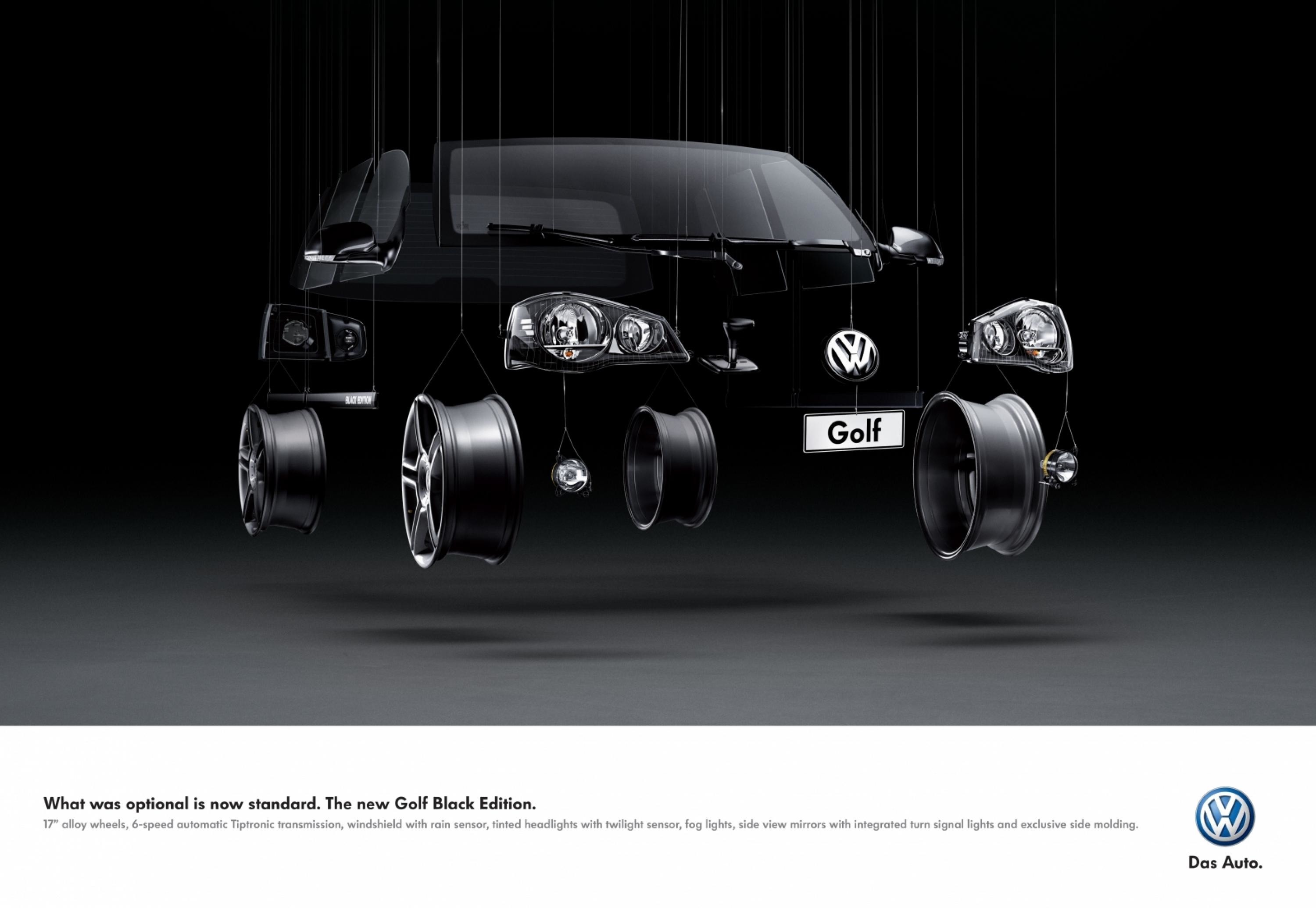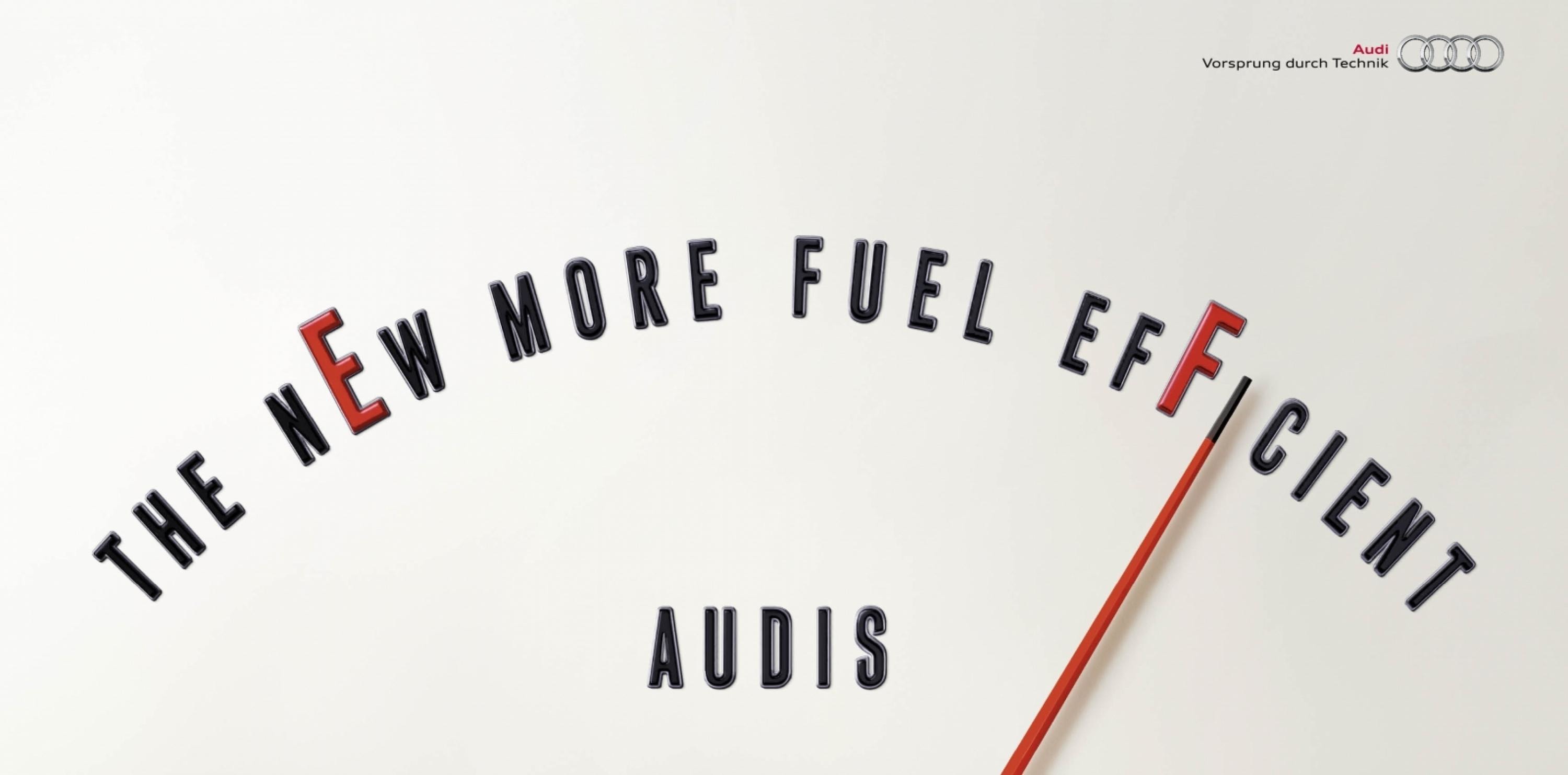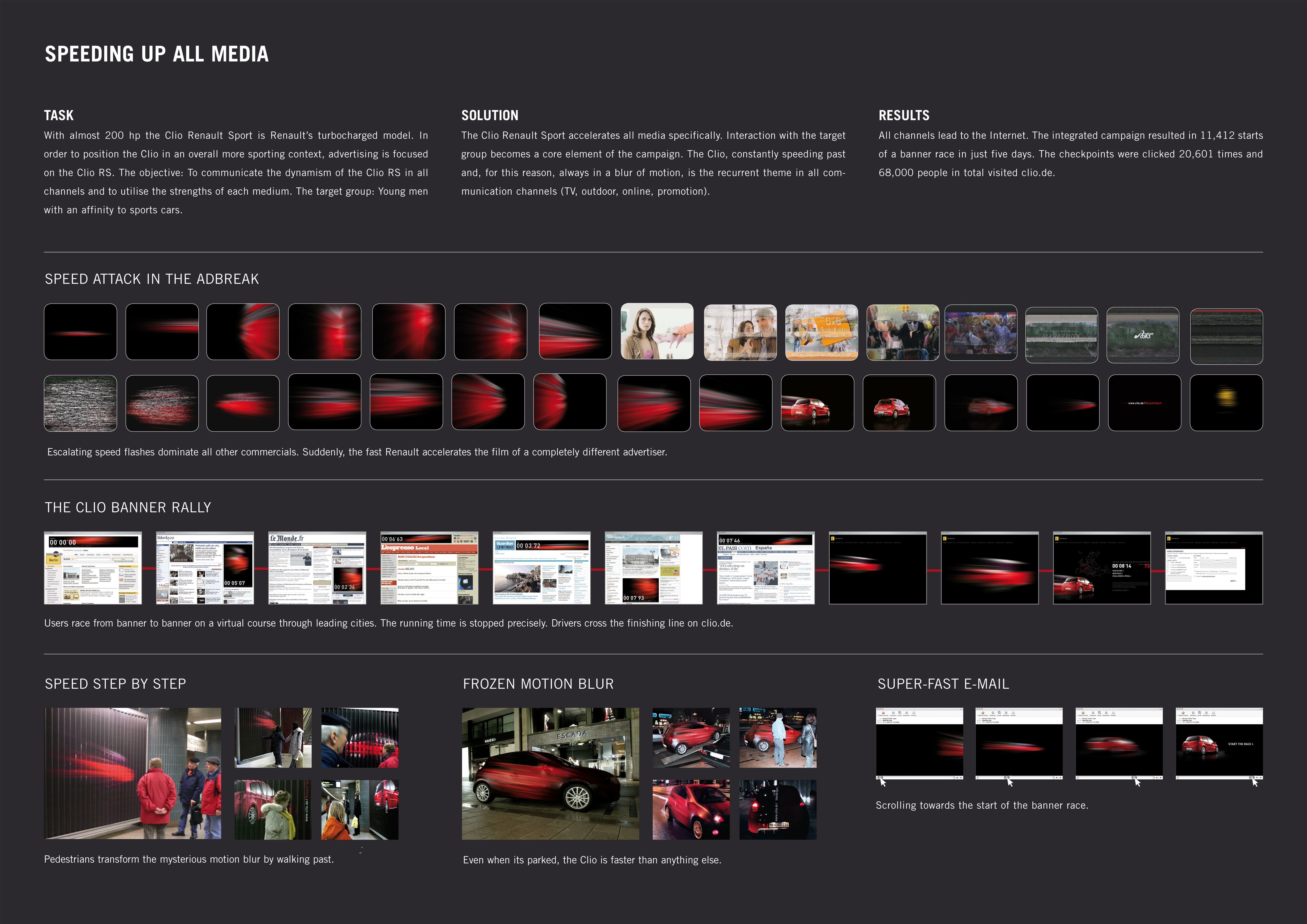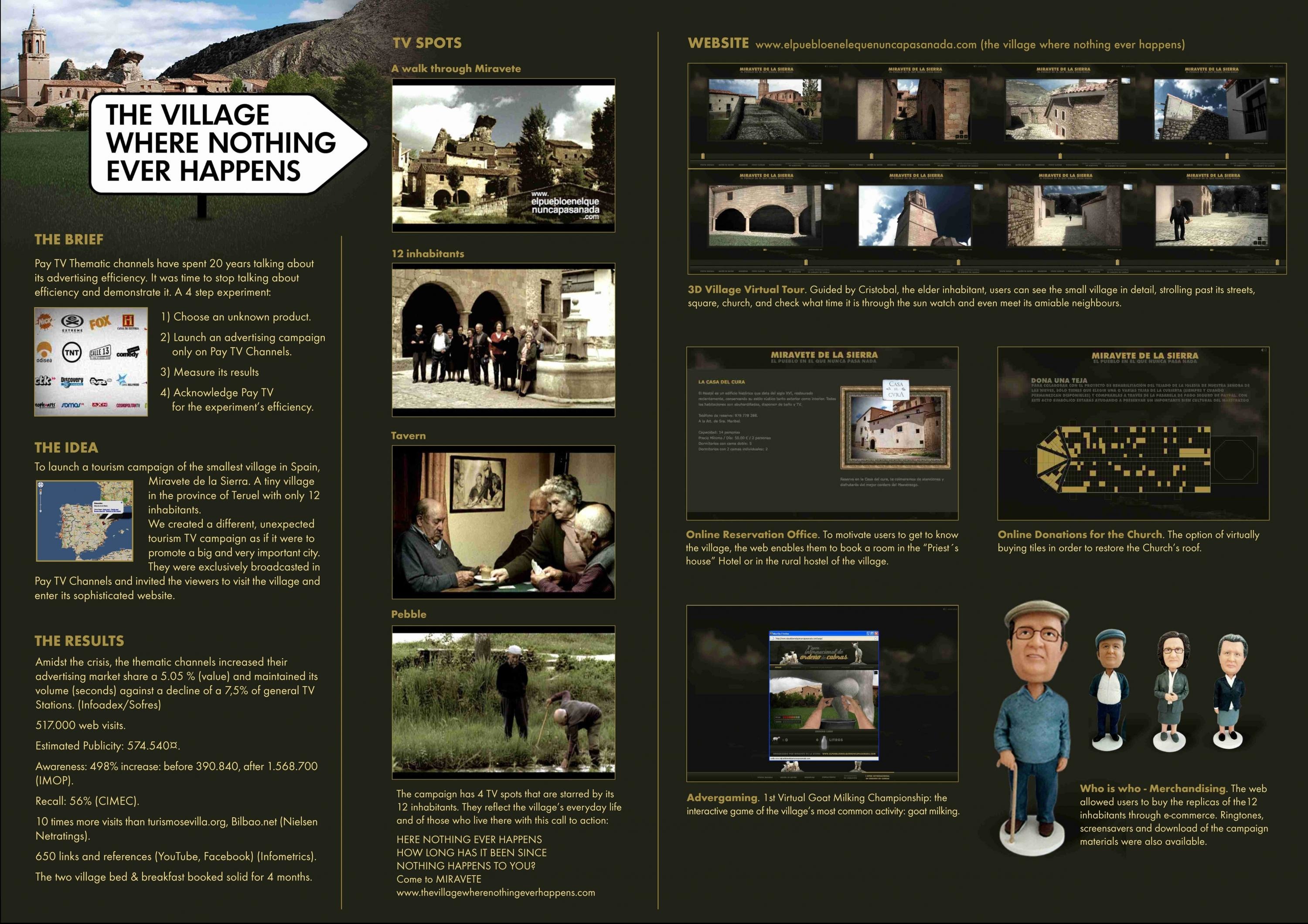Cannes Lions
RAMP
PUBLICIS ARGENTINA, Buenos Aires / RENAULT / 2014
Overview
Entries
Credits
OVERVIEW
Description
In Argentina, thousands of cars park on ramps reserved for the disabled, ignoring their right to free movement. As a car brand, Renault and their social arm Fundación Renault wanted to raise awareness about the issue.
Our answer was a fictitious device called the Ramp Liberator – a device that frees up ramps by exploding the cars parked over them. We launched the campaign with a controversial viral video featuring a disabled person blowing up a car blocking a ramp and followed it up with a second video featuring the inventor of the gadget. Both videos went viral amongst digital and news media, generating debates about whether it was real. The videos directed people to a website where they discovered that the Ramp Liberator didn’t exist, and were asked to sign a petition to help solve the problem.
The objective of this public affairs campaign was to create awareness but the actual impact was far greater. The campaign drew the attention of an Argentine Senator who helped us present our petition to the legislature. The government changed the law – the fine for parking on ramps is now 200% higher and includes community service.
The reason that the campaign relied so heavily on PR is that it was imperative that the Ramp Liberator was spoken about in the media, to authenticity to its existence, and help the spread of the controversy. Besides, since the media budget of the campaign was only US$20,000, we relied heavily on free impressions to help the campaign spread.
Execution
The campaign was based on the Ramp Liberator, a fictitious product that could free up ramps by exploding the cars parked over them. We launched the campaign with a controversial video on YouTube that showed a disabled person blowing up a car blocking a ramp. This video ran for 3 days as sponsored content on YouTube and news sites, causing controversy amongst people who were outraged at the gadget, and others who supported it. We followed it up with a second video featuring the inventor of the gadget, explaining why he created it. Both videos went viral amongst digital and news media, generating debates about whether it was real. The viral videos directed people to a website where they discovered that the Ramp Liberator didn’t exist, but the problem of parking on ramps did. We then asked them to sign a petition to help solve the problem.
Outcome
Knowledge/Consideration:
The Ramp Liberator created heated conversations about a largely-ignored topic. The online videos went viral, garnering thousands of hits in just a week despite having a media spend of under $20,000. The media impressions were increased by mentions on news channels, radio and in newspapers, and spread exponentially online due to a heated debate between people who were outraged that the Ramp Liberator existed, those who thought it was justified, and those who proclaimed the whole thing fictitious.
Action / Business Impact:
The objective of the campaign was to create awareness and change behaviour but the actual impact was far greater. The campaign drew the attention of an Argentine Senator who helped us present our petition to the legislature. The government understood the gravity of the problem and changed the law – the fine for parking on ramps is now 200% higher and includes community service.
Similar Campaigns
12 items








